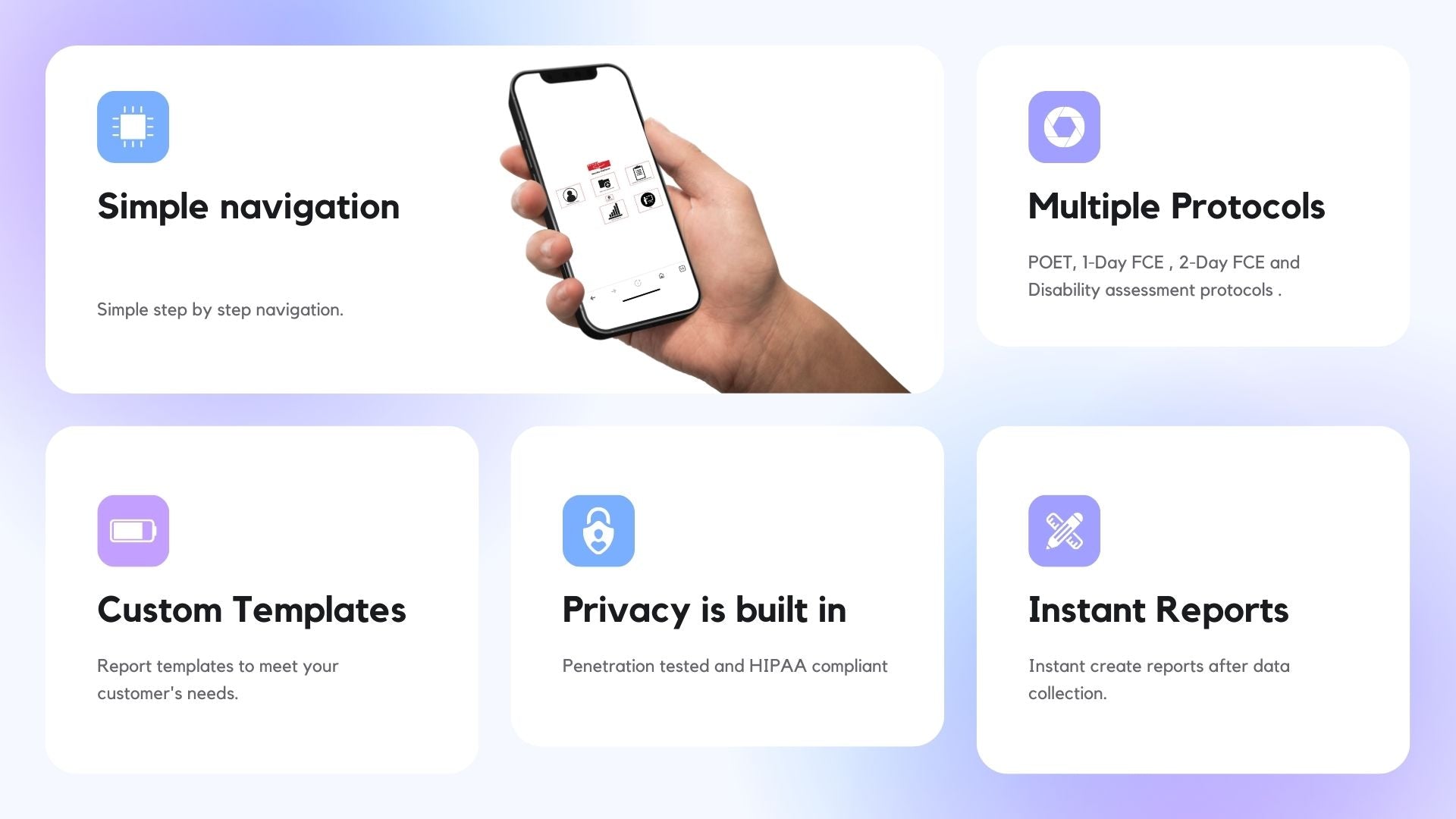Do you want to learn about the Intent and scope of the FCE best practice guidlines?
Are you a therapist who is performing FCEs or thinking about getting started? Are you concerned about making sure you perform the FCE correctly?
We are to help you!
Have you heard of The Academy of Orthopaedic Physical Therapy (AOPT)?
It is a professional organization dedicated to advancing orthopaedic physical therapy through research, education, and practice. It offers resources such as membership programs, special interest groups, educational toolkits, publications, and certification preparation materials. The AOPT also engages in various initiatives and provides opportunities for involvement in the field.
Did you know that the AOPT published an FCE Best Practices Guideline?
Let's see why they published that!

The FCE best practices guidelines is intended to provide guidelines for therapists performing an FCE:
- Proper design
- Administration (this would include using a proper FCE evaluation kit) and interpretation of FCEs (this would include using FCE assessment software)
- Recommend qualification standards for Functional capacity examiners to promote clinical excellence, accountability and consistency. (this means having a proper FCE training program)
Now that we know the main objectives for this best practice guideline, have you thought about who this is meant to serve?
According to AOPT, this guideline supports primary resource clinicians who use FCE assessment tools and for consumers of FCE’s. These consumers involve physicians, adjusters, case managers, vocational rehabilitation counselors and attorneys who are practicing either workers compensation and disability managers.
How do we know these guidelines are reliable and accurate?
An expert panel was developed by those who had expertise in design, administration and interpretation of FCE, who relied on literature and clinical experiences to develop these guidelines.
Evidence based practice with both research and clinical experiences combined, Now it cannot get better than that!
These guidelines were additionally reviewed by several stakeholders such as physical therapists, occupational therapists, and physicians who have expertises in FCE’s as either examiners or researchers or who utilize these results of FCE’s in the administration of workers compensation or disability claims.
Did you know that this guideline is provided as the current best practice, as opposed to the standard of practice? Now what does that mean?
An examiner may be able to deviate from the FCE guidelines when appropriate in the course of utilizing independent and judicious clinical reasoning in effort to provide the most useful information possible in relevance to functional abilities and limitations of the individual being evaluated.
Why should examiners understand the limitations of FCE?
There are several reasons for understanding these limitations:
- The overall test selection and individual performance
- Influence of an individual's behaviors
- Symptoms of the individual based on the overall test results
- Examiner bias
- Standardization of testing
- Reporting
That was a lot of interesting information!

Do you feel well-rounded on the intent and scope of the FCE best practice guidelines by AOPT?
If yes is your answer, that is great!
We believe that the growth of your knowledge will reflect on the growth of your clinical practice!
Want to learn more about Functional Capacity Evaluations?
You are at the right place!
We provide FCE certification training with the option to complete it at the comfort of your own home. The FCE certification training goes in-depth about everything you need to know about FCE assessments to FCE Softwares.

Do you have questions or comments?
Comment below or email us at kevin@metriksfce.com, we would be happy to help assist you in any way we can!



